 Happy Birthday!
Happy Birthday!
Forty-four years ago today, on October 18, 1974, President Gerald R. Ford and Secretary Peter J. Brennan laid the ceremonial cornerstone of the new Frances Perkins Department of Labor building. In February 1975 the first wave of employees moved in.
I spent over ten years taking the Red Line down to the Perkins building — some of the best working years of my life. Below are a few photos in around the building that I took during my years there.
Inner Beauty
The Frances Perkins building was named one of “The 15 Brutalist Buildings Every D.C. Resident Should Know.” Brutalism is a concrete-intensive and controversial building style favored in government and other builders from the 1950’s to the mid-1970’s (as anyone who rides the Washington Metro knows), supposedly because of the low cost of concrete.
But not everyone loves brutalist architecture. The Perkins building was named the fifth ugliest government building in Washington DC by Buzzfeed News in 2014. And that’s from the outside. The inside is far worse. Because the building is in need of costly infrastructure upgrades, including modern heating, electrical, plumbing and elevator systems, there was a move to renovate or relocate the Department of Labor during the latter days of the Obama administration, but the Trump administration scotched the idea.
Despite its problems, I have affectionate feelings for the old building as I’m sure many of my former colleagues do. After all, despite its alleged physical ugliness, its heart beats for American workers. And there’s a lot of beauty in that.
History
The Department of Labor was originally located at at 14th Street and Constitution Avenue, in the Federal Triangle. That building is currently occupied by the U.S. Environmental Protection Agency and has been renamed the William Jefferson Clinton Federal Building.
The Frances Perkins building is constructed of steel and limestone, contains over one million square feet of usable space and cost $95 million to build. For its first few years, the new Department of Labor headquarters was simply known as the New Department of Labor (NDOL) building. According to Wikipedia, an employee suggested that the building should be renamed for the former Secretary of Labor, Frances Perkins, and the idea was warmly accepted. The ceremony to rename the NDOL and dedicate it as the Frances Perkins Building was held on April 10, 1980 – the 100th anniversary of Perkins’ birth. President Jimmy Carter and Secretary of Labor Ray Marshall presided over the ceremony; Susanna Coggeshall, the daughter of Perkins, also attended. Perkins was Secretary of Labor from 1933-1945 and the first woman ever to serve in the Cabinet. A plaque on the building reads that Perkins’ “legacy of social action enhances the lives of all of us.” On the same day, the United States Postal Service issued a new 15-cent stamp bearing the likeness of Perkins.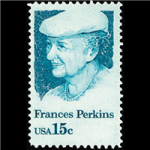
Other interesting stuff: The first picture below (which I did not take) is an 1863 photo of the Trinity Episcopal Church which occupied the site of the current Perkins building from 1850 until the 1930s when it was razed for a parking lot. There are also a couple of my photos of the statue of Albert Pike behind the building. Pike was poet, lawyer, soldier, and an influential Freemason. But Pike was also a Confederate general, which has recently led some Washington DC officials to advocate for removal of the statue. The statue of Pike, erected in 1901, is the only outdoor sculpture in Washington, D.C. honoring a Confederate general, although his Civil War history is not what the statue honors him for.
So enjoy. Or not.
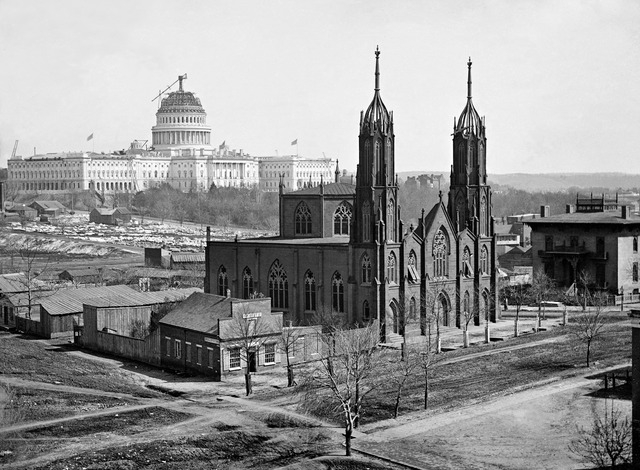
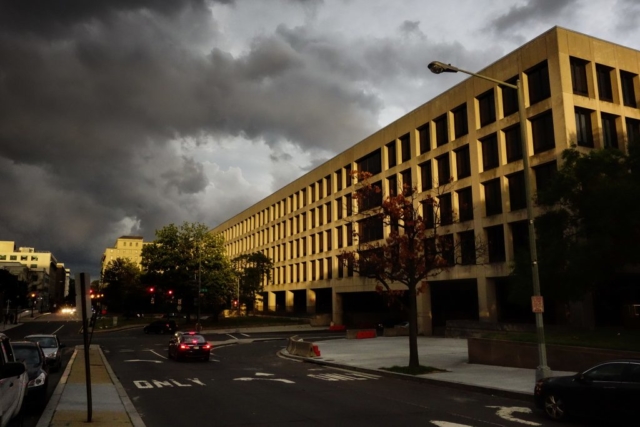




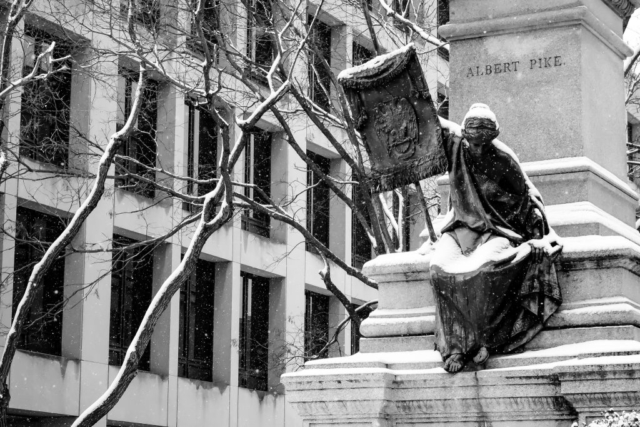

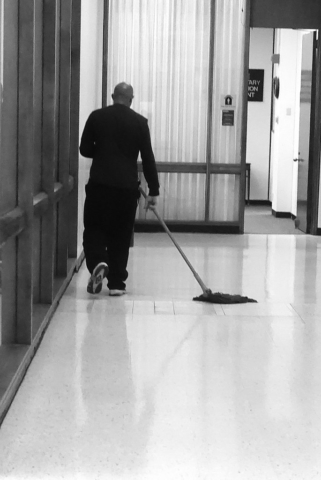




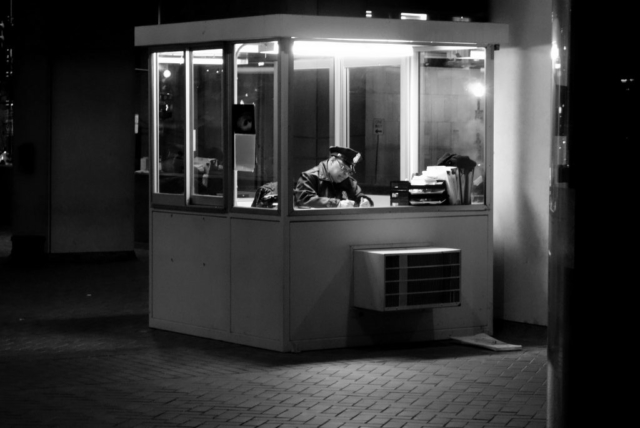





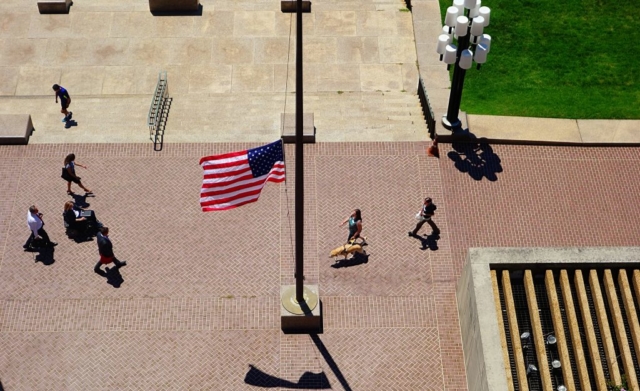
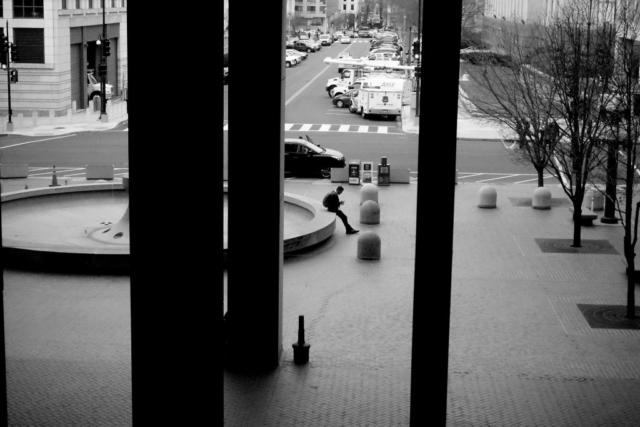


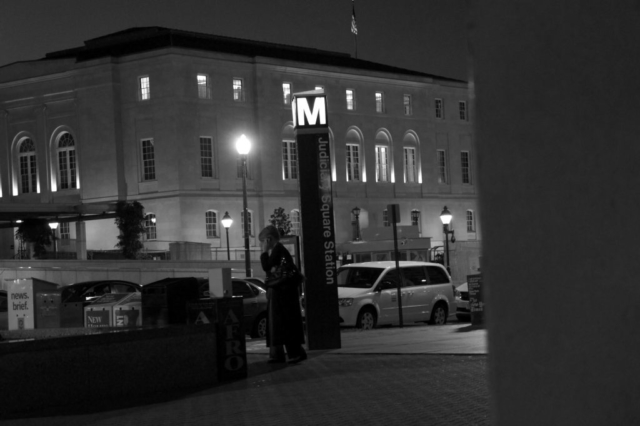



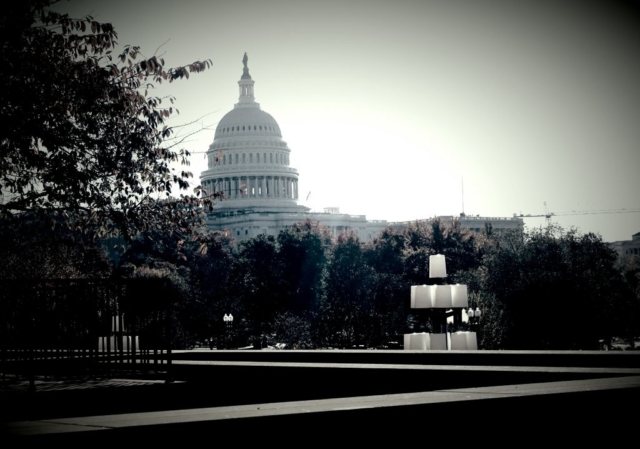
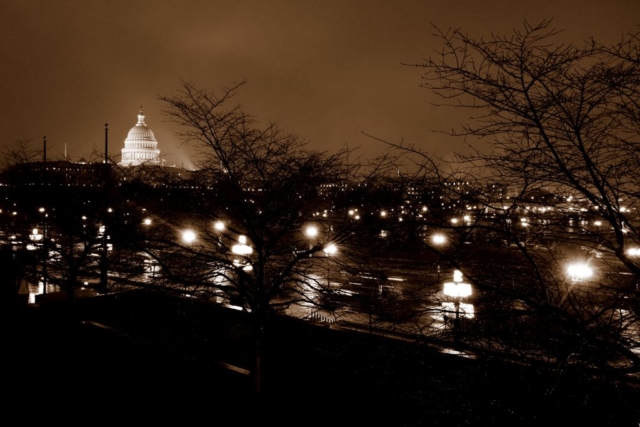
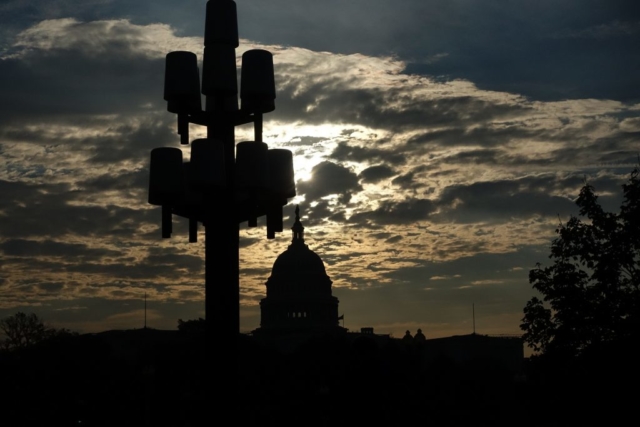

Thanks! I always wondered why I felt so holy on entering the FPB……
Thanks for bringing the incomparable Frances Perkins out of the dust bin of history…She is certainly among
the most valuable Americans.
[…] of Labor Ray Marshall presided over a ceremony renaming the Department of Labor Building the Frances Perkins Building. The date was the 100th anniversary of her birth. Perkins’s daughter, Susanna Coggeshall, was […]